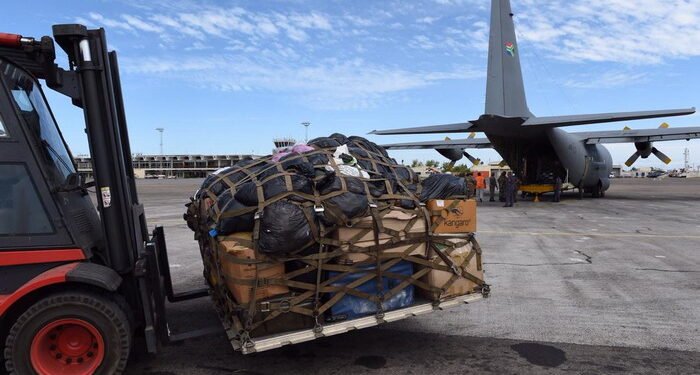
To meet the challenges of the coming decades, the South African National Defence Force (SANDF) will require a substantial logistics capability that must be flexible and able to deploy quickly.
This is according to Colonel (ret) Roy Marais, CEO of RCM Strategic Sustainment Consulting, who at a Security Institute for Governance and Leadership in Africa (SIGLA) logistics seminar presented a bottom-up view of logistics in the South African military entitled: “A professional perspective from a South African military logistician.”
Marais noted that meeting current and future logistics challenges will require the SANDF to have a smaller logistics train (more teeth; less tail). The logistics supply chain must be flexible and able to be deployed quickly to meet these needs.
Military logistics is expensive, as moving large numbers of people and considerable heavy equipment and cargo drives cost in an obvious way. Another factor driving costs is the uncertainty of future requirements and the impact of this uncertainty on readiness. To prepare for uncertain events, military planners’ budget for “stockpiles”, “war reserve materials” and a reserve transportation capacity. These reserve or excess capacities provide the means for combat commanders to react very quickly to events that would otherwise overwhelm their normal based logistics support.
Support to South African forces deployed in Africa is provided largely by aircraft flying over foreign states. Although these countries have good diplomatic relations with South Africa, road and rail communication are not good. The magnitude of the logistical task is thus not to be underestimated. It is to the credit of the South African military that the logistic support provided is succeeding in keeping the forces deployed operational, according to Marais.
Despite its logistical success in supporting its force deployments in Africa, it is evident that the overall military logistic system (and command and control generally) is not functioning well. The SANDF was restructured on business principles in the 1990s but these are not effective in a military environment. One of the many failings is the lack of inter-corps training in the Army, which the proposed SA Army’s Vision 2020 and 2025 would have rectified. Another is the over-complicated logistical system, which has some major weaknesses, Marais explained.
Presently, the SANDF is engaged in realigning its supply chain requirements aligned with the Defence Review 2015. The transformed military supply chain must be far more effective, robust and less costly than it is at present. The military supply chain must be able to react to the unexpected quickly, appropriately and effectively, Marais believes.
Enhanced logistics processes can help the SA military to produce more combat capability. Successful implementation of this change is essential and will have far-reaching impact on the people, business processes and technology infrastructure of the SA military, its allies and military related industry partners.
A short-term intervention is to establish a fully capacitated first line capability to allow autonomous operations by lessening the dependency on second and third line structures, Marais believes. In the medium term, a first line Reserve capability must be developed, together with an investigation into capacitating the second line capability.
In the extended long term, an Integrated, Automated and Digitised (IAD) supply chain must be development to incorporate intelligent/automated accounting and other related ICT systems, based on a modular interface “that is common between Landward, Medical, Air and Seaborne forces.”
Finally, the military must plan for the deployment of civilian contractors in the second and third line of operations. This plan must include the insurances and medical cover for these members whilst deployed in areas of conflict, Marais stated.










